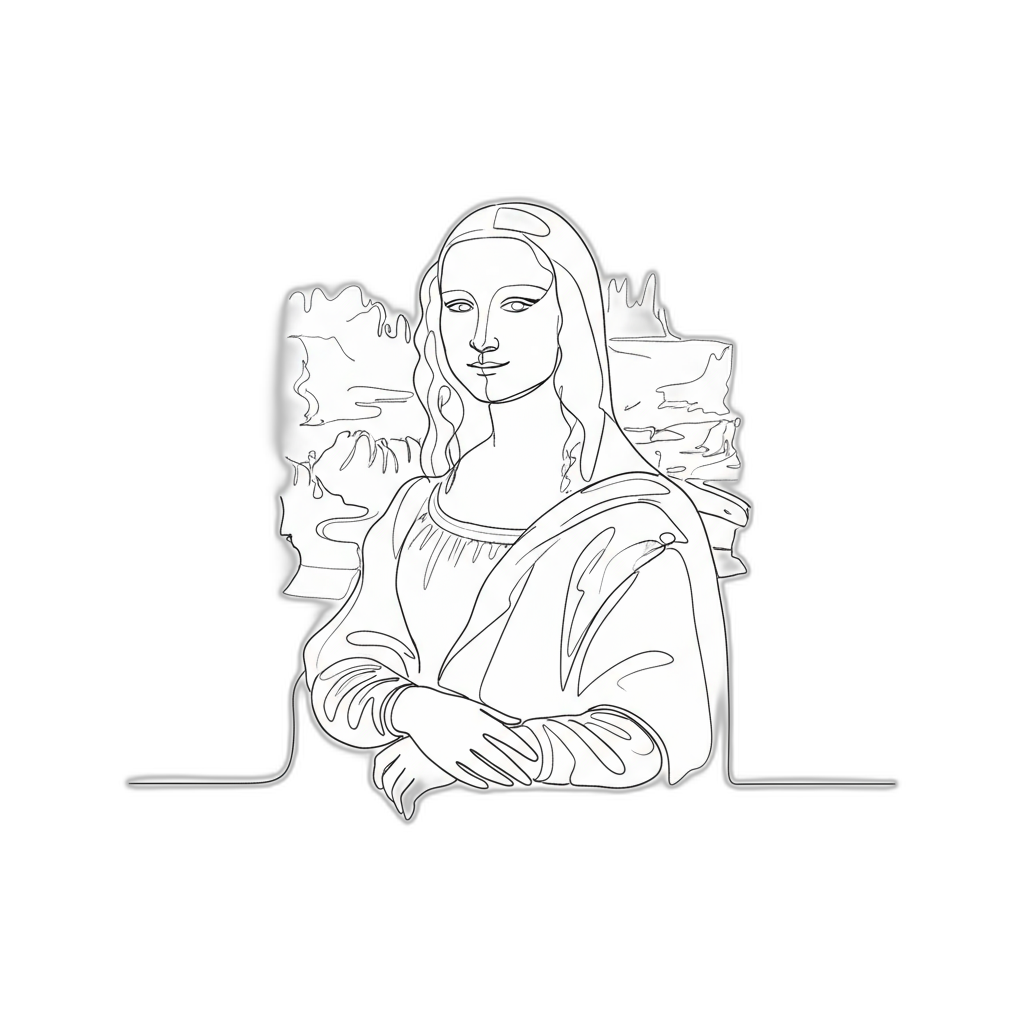Thank you! Your submission has been received!
Oops! Something went wrong while submitting the form.

Nationwide Service
Onsite or Online
USPAP-Compliant
IRS Qualified
DEFENSIBLE, USPAP-COMPLIANT APPRAISAL REPORTS — ACCEPTED BY 10,000+ ORGANIZATIONS






5-Star Service, Trusted & Loved by Hundreds
{{pricingSubheader}}
This is some text inside of a div block.
This is some text inside of a div block.
Starts at
This is some text inside of a div block.
This is some text inside of a div block.
This is some text inside of a div block.
Starts at
This is some text inside of a div block.
{{feeRangeHeader}}
This is some text inside of a div block.
Most Household Goods engagements fall within this range. Larger or unusually complex collections may require a custom quote.
{{pricingByHeader}}
{{pricingBySubheader}}
This is some text inside of a div block.
This is some text inside of a div block.
This is some text inside of a div block.
What Drives Cost?
Number of items to be appraised
Number of items to be appraised
Number of items to be appraised
How the Process Works
1
Appraisal Request
Submit estimate or list of items for our review
2
Quote Issued
We'll share a flat fee quote for your approval
3
Kickoff & Intake
Submit details on all of your items for our review
4
Research & Analysis
We'll conduct detailed research and prepare a written USPAP-compliant report
5
Report Delivery
Delivery of your report and supporting documents (e.g., signed IRS Form 8283) by email
Your Appraiser Search Ends Here
Your Appraiser Search Ends Here
.avif)

Nationwide Coverage – Appraisals Anywhere in the US
Our extensive network of professional appraisers ensures you receive accurate, trusted valuations wherever you are.

Get it done Onsite or Online
Choose between a seamless online process—preferred by most clients—or in-person service for complex assignments.

Any Asset, Covered
Nationwide appraisers for every asset— from buildings & businesses to vehicles & valuables.

Defensible for Any Purpose
For donations, estates, insurance, and more—our USPAP-compliant reports are built to meet the highest standards.
No items found.
An Old Masters Art appraisal represents a meticulous and nuanced examination of artworks created by renowned artists between the 14th and 18th centuries. This specialized process delves into the intricate world of historic art, encompassing works by legendary artists like Leonardo da Vinci, Rembrandt, and Vermeer. The appraisal goes far beyond a simple monetary valuation, serving as a comprehensive investigation into the artwork's historical context, artistic integrity, and cultural significance.
The evaluation process is multilayered, involving sophisticated techniques that require deep expertise in art history, conservation, and market dynamics. Expert appraisers conduct a rigorous analysis that begins with authentication, carefully examining stylistic elements, provenance, and historical documentation to confirm the artwork's genuine origins. They meticulously inspect the physical condition of the piece, assessing everything from potential restoration work to the structural integrity of the canvas or medium.
Market valuation forms another critical component of the appraisal, where specialists analyze current art market trends, recent sales of comparable works, and the specific artwork's unique characteristics. This approach ensures a nuanced and precise determination of the piece's monetary worth. However, the appraisal transcends financial considerations, offering profound insights into the artwork's cultural and historical importance.
The final documentation provides a comprehensive narrative of the artwork's identity, condition, and value. This detailed report serves as an authoritative record, valuable for collectors, museums, insurance purposes, and potential future transactions. Each appraisal becomes a moment of historical preservation, capturing the essence of a remarkable artistic creation from centuries past.
The evaluation process is multilayered, involving sophisticated techniques that require deep expertise in art history, conservation, and market dynamics. Expert appraisers conduct a rigorous analysis that begins with authentication, carefully examining stylistic elements, provenance, and historical documentation to confirm the artwork's genuine origins. They meticulously inspect the physical condition of the piece, assessing everything from potential restoration work to the structural integrity of the canvas or medium.
Market valuation forms another critical component of the appraisal, where specialists analyze current art market trends, recent sales of comparable works, and the specific artwork's unique characteristics. This approach ensures a nuanced and precise determination of the piece's monetary worth. However, the appraisal transcends financial considerations, offering profound insights into the artwork's cultural and historical importance.
The final documentation provides a comprehensive narrative of the artwork's identity, condition, and value. This detailed report serves as an authoritative record, valuable for collectors, museums, insurance purposes, and potential future transactions. Each appraisal becomes a moment of historical preservation, capturing the essence of a remarkable artistic creation from centuries past.
When seeking an appraisal for Old Masters art, understanding the diverse expertise of different professional categories is essential. Each type of appraiser brings unique perspectives and specialized skills to the valuation process.
Independent appraisers operate autonomously, often holding advanced art history credentials and specialized certifications. Their broad market knowledge allows them to evaluate artworks with professional objectivity, frequently focusing on specific artistic periods or styles.
Museum curators represent another critical category of Old Masters art experts. Their scholarly backgrounds and deep institutional experience provide unparalleled insights into historical context, provenance, and cultural significance. These professionals develop comprehensive understandings of artwork that extend beyond monetary value.
Auction house specialists offer distinct advantages through their direct market engagement. With extensive exposure to recent sales and collector trends, they can precisely assess an artwork's current market positioning. Their real-time understanding of buyer preferences and market dynamics enables nuanced valuations.
Private art dealers contribute another layer of expertise, leveraging extensive professional networks and hands-on transactional experience. Their intimate knowledge of collector preferences and market movements allows for sophisticated assessments that consider both artistic merit and economic potential.
Academic appraisers, typically art historians or university educators, bring rigorous scholarly perspectives. Their evaluations often emphasize historical importance, artistic technique, and cultural context, making them particularly valuable for comprehensive assessments beyond pure market valuation.
Each appraiser type offers distinct advantages, ensuring collectors and institutions can find specialized expertise tailored to their specific needs. The key is matching the appropriate professional approach with the unique characteristics of the artwork being evaluated.
Independent appraisers operate autonomously, often holding advanced art history credentials and specialized certifications. Their broad market knowledge allows them to evaluate artworks with professional objectivity, frequently focusing on specific artistic periods or styles.
Museum curators represent another critical category of Old Masters art experts. Their scholarly backgrounds and deep institutional experience provide unparalleled insights into historical context, provenance, and cultural significance. These professionals develop comprehensive understandings of artwork that extend beyond monetary value.
Auction house specialists offer distinct advantages through their direct market engagement. With extensive exposure to recent sales and collector trends, they can precisely assess an artwork's current market positioning. Their real-time understanding of buyer preferences and market dynamics enables nuanced valuations.
Private art dealers contribute another layer of expertise, leveraging extensive professional networks and hands-on transactional experience. Their intimate knowledge of collector preferences and market movements allows for sophisticated assessments that consider both artistic merit and economic potential.
Academic appraisers, typically art historians or university educators, bring rigorous scholarly perspectives. Their evaluations often emphasize historical importance, artistic technique, and cultural context, making them particularly valuable for comprehensive assessments beyond pure market valuation.
Each appraiser type offers distinct advantages, ensuring collectors and institutions can find specialized expertise tailored to their specific needs. The key is matching the appropriate professional approach with the unique characteristics of the artwork being evaluated.
Old Masters art pieces represent pinnacles of artistic achievement, carrying substantial historical and monetary significance. An expert appraisal serves as a critical tool for understanding and protecting these valuable cultural artifacts.
Professional valuation provides comprehensive insights into an artwork's true market worth, considering nuanced factors like condition, provenance, artistic technique, and current market trends. This assessment goes beyond simple price determination, offering a detailed understanding of the piece's intrinsic and economic value.
Tax and legal considerations make appraisals particularly important. For significant art donations, charitable contributions, or estate planning, a certified appraisal becomes essential documentation. These professional evaluations help ensure accurate reporting, potential tax benefits, and equitable asset distribution among heirs.
Insurance protection represents another crucial dimension of art appraisal. A precise, current valuation enables appropriate coverage that genuinely reflects an artwork's worth. This protects collectors against potential financial losses from damage, theft, or unexpected incidents that could compromise the piece's value.
Art market credibility also hinges on professional documentation. Galleries, auction houses, and potential buyers rely on comprehensive appraisals to validate an artwork's authenticity and value. A well-documented Old Masters piece can significantly enhance its marketability and perceived worth.
Beyond immediate financial considerations, appraisals contribute to broader art historical documentation. They create permanent records tracking an artwork's journey, preservation state, and evolving significance within cultural and artistic contexts.
Ultimately, an Old Masters art appraisal represents a strategic investment in understanding, protecting, and potentially monetizing a remarkable piece of cultural heritage.
Professional valuation provides comprehensive insights into an artwork's true market worth, considering nuanced factors like condition, provenance, artistic technique, and current market trends. This assessment goes beyond simple price determination, offering a detailed understanding of the piece's intrinsic and economic value.
Tax and legal considerations make appraisals particularly important. For significant art donations, charitable contributions, or estate planning, a certified appraisal becomes essential documentation. These professional evaluations help ensure accurate reporting, potential tax benefits, and equitable asset distribution among heirs.
Insurance protection represents another crucial dimension of art appraisal. A precise, current valuation enables appropriate coverage that genuinely reflects an artwork's worth. This protects collectors against potential financial losses from damage, theft, or unexpected incidents that could compromise the piece's value.
Art market credibility also hinges on professional documentation. Galleries, auction houses, and potential buyers rely on comprehensive appraisals to validate an artwork's authenticity and value. A well-documented Old Masters piece can significantly enhance its marketability and perceived worth.
Beyond immediate financial considerations, appraisals contribute to broader art historical documentation. They create permanent records tracking an artwork's journey, preservation state, and evolving significance within cultural and artistic contexts.
Ultimately, an Old Masters art appraisal represents a strategic investment in understanding, protecting, and potentially monetizing a remarkable piece of cultural heritage.
Online appraisals for Old Masters art have revolutionized the valuation process, offering art owners a convenient and professional method to assess their valuable pieces. These sophisticated digital evaluations leverage advanced technology and expert art historical knowledge to provide comprehensive assessments without requiring in-person meetings.
Professional art appraisers utilize high-resolution digital photography and detailed communication channels to analyze intricate aspects of Old Masters artwork. The evaluation process involves meticulous examination of critical elements such as brushwork techniques, historical provenance, artistic condition, and stylistic authenticity.
Modern technology enables multiple assessment approaches, including comprehensive email documentation, detailed photographic submissions, and live video consultations. These interactive platforms allow appraisers to conduct thorough examinations, request additional visual evidence, and engage in real-time discussions about the artwork's characteristics and potential value.
The digital appraisal process maintains rigorous professional standards, adhering to industry guidelines like the Uniform Standards of Professional Appraisal Practice (USPAP). Experienced appraisers apply the same depth of expertise and analytical precision to online evaluations as they would in traditional face-to-face assessments.
While digital appraisals offer remarkable convenience, they require high-quality documentation and clear, detailed communication from the artwork owner. Successful online appraisals depend on providing comprehensive visual and historical information about the piece, enabling appraisers to render accurate and reliable valuations.
Ultimately, online art appraisals represent a sophisticated, efficient method for understanding the historical significance and potential market value of Old Masters artwork, bridging technological innovation with deep art historical expertise.
Professional art appraisers utilize high-resolution digital photography and detailed communication channels to analyze intricate aspects of Old Masters artwork. The evaluation process involves meticulous examination of critical elements such as brushwork techniques, historical provenance, artistic condition, and stylistic authenticity.
Modern technology enables multiple assessment approaches, including comprehensive email documentation, detailed photographic submissions, and live video consultations. These interactive platforms allow appraisers to conduct thorough examinations, request additional visual evidence, and engage in real-time discussions about the artwork's characteristics and potential value.
The digital appraisal process maintains rigorous professional standards, adhering to industry guidelines like the Uniform Standards of Professional Appraisal Practice (USPAP). Experienced appraisers apply the same depth of expertise and analytical precision to online evaluations as they would in traditional face-to-face assessments.
While digital appraisals offer remarkable convenience, they require high-quality documentation and clear, detailed communication from the artwork owner. Successful online appraisals depend on providing comprehensive visual and historical information about the piece, enabling appraisers to render accurate and reliable valuations.
Ultimately, online art appraisals represent a sophisticated, efficient method for understanding the historical significance and potential market value of Old Masters artwork, bridging technological innovation with deep art historical expertise.
BEST-IN-CLASS APPRAISERS, CREDENTIALED BY:





